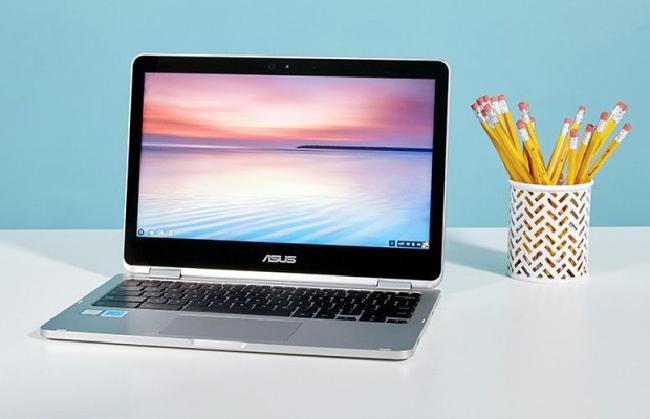Categories
Chrome OS Tablets vs Android Tablets
4 minute read
Are you in the market for a tablet? You’ll have probably looked at iPads and Android tablets, but have you considered a Chrome OS tablet?
Over recent years, Google have worked on adding support for Android apps to Chrome OS. As a result, there are now many Chrome OS tablets with full support for Android apps through the Google Play Store. In particular, devices with touchscreens, such as 2-in-1 Chromebooks, are very likely to have (or soon get) support, but there are also some non-touchscreen Chromebooks with support for Android apps. Regardless of whether your Chrome OS device has a touchscreen, Google have made sure that you can continue to use the touchpad to interact with Android apps, adding many useful features such as two-finger scrolling and pinch to zoom.

Laptops aside, Acer released the first Chrome OS tablet in July of this year, the Acer Chromebook Tab 10. Given Chrome OS’s support for Android apps and touchscreens, Google is making it clear that it’s far more than a lightweight OS for cheap laptops. With support for Android apps, could Chrome OS tablets take precedence over Android tablets?
The advantages of Chrome OS
The biggest advantage, in my opinion, of Chrome OS is that you get a full desktop browser experience. Android tablets, on the other hand, only use a mobile version of Chrome with more limited websites and no browser plugins (such as adblockers), which may limit your productivity.

One of the downsides of Android is that you’ll likely receive infrequent security updates, if at all. According to Google support, Chrome OS devices receive minor security updates every 2-3 weeks and full OS updates every 6 weeks - significantly more frequent than Android.
Every Chrome OS device is guaranteed frequent updates for 5 years from device launch. Furthermore, Chrome OS updates download and install silently in the background, please take note, Microsoft. Sometimes an update will require a restart, but this rarely adds more than a few seconds to the boot time (which is already a matter of seconds).
The advantages of Android
On the other side of the equation, Android tablets give you access to the entire library of Android apps. Unfortunately, some apps on the Google Play Store are still incompatible with Chrome OS, although this is becoming a less of an issue as developers update their apps. To accompany this, you can expect marginally better app performance on Android because the apps are running on the platform they were designed for. This isn’t a problem for most everyday productivity apps, but in more intensive apps like 3D games, you might notice the difference.

Another reason to consider an Android tablet is that they’re more commonplace than Chrome OS devices. There are a variety of Android tablets on the market spanning a wide range of price points. Chrome OS, on the other hand, has a more limited lineup of devices. So far there’s only one Chrome OS tablet, the aforementioned Acer Chromebook Tab 10 which sells for around £300. Additionally, there are several 2-in-1 Chromebooks which have the advantage of a physical keyboard and often better specifications, albeit in a thicker design.
Is there any point in buying an Android tablet anymore?
If you’ve set your heart on the tablet form factor (rather than a 2-in-1 laptop), then you’d be better off for now buying an Android tablet due to the lower prices and a wider range of products available. Looking to the future, if more manufacturers opt to release Chrome OS tablets, then this could change.

Chrome OS has evolved over the years, and I personally think that we’re now reached the point where most people would be happy using Chrome OS on their primary device. With support for Android apps, Chromebooks provide a crossover between traditional laptops and tablets, giving you the best of both worlds. If you still require Windows applications, then Chrome OS won’t be for you, but free web apps such as Google Docs are making Windows applications increasingly redundant for the everyday joe.
Conclusion
If you do choose to investigate the Chrome OS route, make sure to check which devices support Android apps, you can learn about that here. If the status is ‘Stable Channel’ then you should be good to go.




